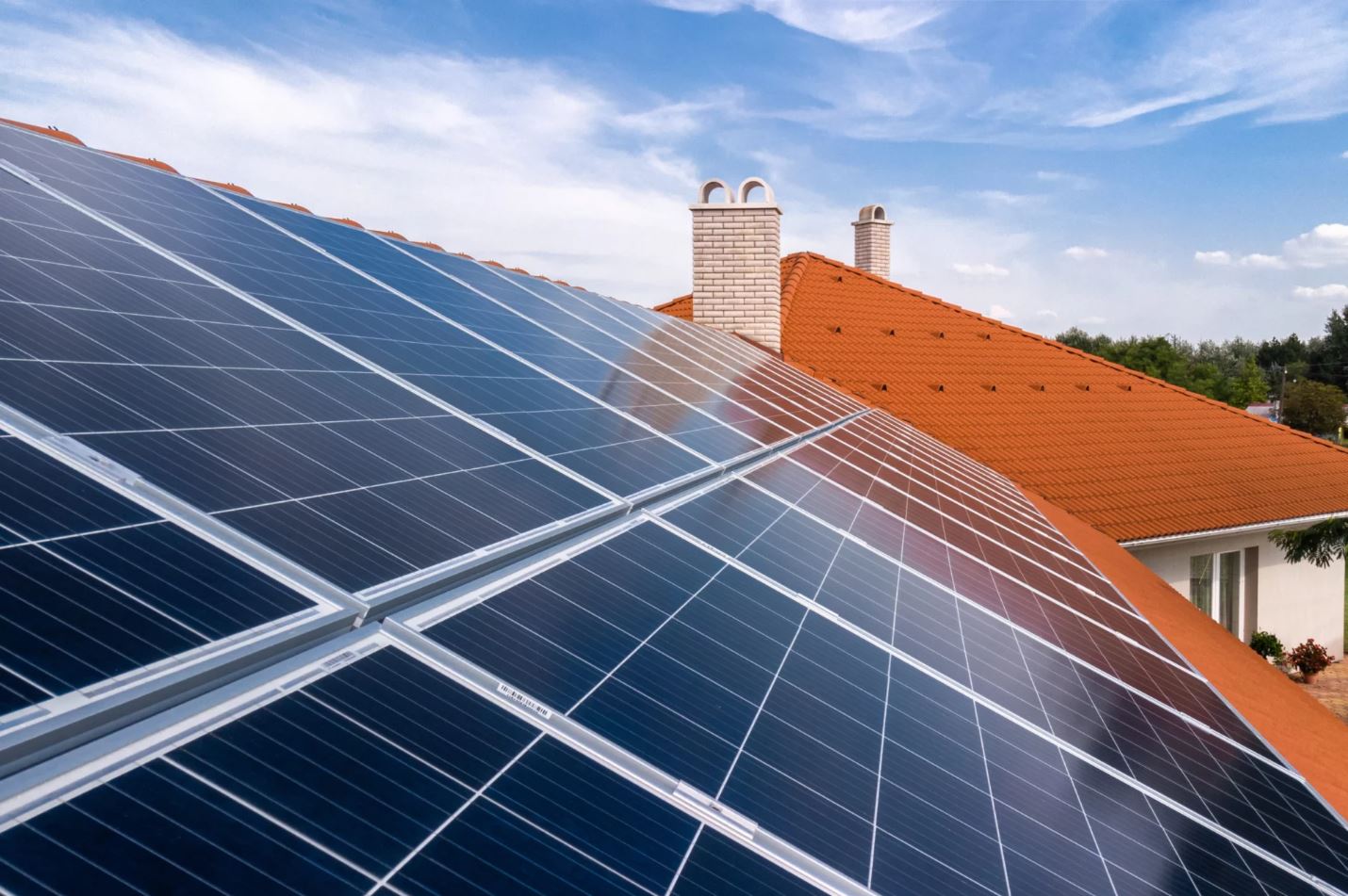Several solar energy producers and companies, including GM, Ford, Google, and others, stated last month that they will work together to create standards for extending the usage of virtual power plants (VPPs). VPPs are technologies for lessening the strain placed on electricity infrastructure in times of shortage. But what exactly are VPPs?
Because they enable people to produce and store their own carbon-free energy and reduce their electricity costs, solar panels, and home batteries have become incredibly popular.
When hundreds or thousands of these devices are combined, they can be vital instruments that can be used to store excess solar and wind energy or to supply massive amounts of power when grid overload occurs.
We know them as virtual power plants, or VPPs, when used in this manner. Energy experts claim that if a country works toward electrifying transportation, buildings, and industrial sectors, they are essential to decrease the power industry’s reliance on climate-damaging fossil fuels.
VPPs in the United States are growing due to IRA
Thanks to President Joe Biden’s new climate change bill, which includes incentives for electric cars, solar panels, and house batteries, VPPs are positioned for significant expansion in the United States in the years to come, despite still being in their infancy.
Jigar Shah, director of the Loan Programs Office at the U.S. Department of Energy, stated in an interview that by using our current resources less efficiently, we may avoid rising rates for all energy users. The focal point of it are virtual power plants.
According to research firm Wood Mackenzie, spending on these so-called distributed energy resources is expected to surpass $110 billion between 2020 and 2025.
VPPs in the European Union
Virtual Power Plants (VPPs) are a concept in the European Union (EU) that involve the integration of several small-scale energy resources, such as rooftop solar panels or home batteries, into one larger, centralized system.
Optimization of energy generation and consumption, reducing costs, and providing grid stability are the main goals in managing this kind of system.
VPPs in the EU can play an important role in increasing the share of renewable energy in the energy mix and reducing greenhouse gas emissions. They also increase energy security and decentralize the energy system. The EU is supportive of VPPs and has implemented various policies and initiatives to promote their development.
Are there local VPPs in the EU?
There are local Virtual Power Plants (VPPs) in the European Union. A VPP aggregates multiple distributed energy resources (such as solar panels, batteries, and other forms of generation) to provide energy services to the grid.
By aggregating these resources, VPPs can increase the reliability and efficiency of the grid and help integrate more renewable energy.
The exact number and location of local VPPs in the EU will depend on the specific country and region.
How do virtual power plants work?
VPPs support the power grid. They are networks of tiny energy-producing or energy-storage equipment like solar panels and batteries.
Utilities can access their energy during times of high demand. Also, utilities can save that energy for later use with the consent of their participants. Device owners receive payment in exchange for taking part.
According to the energy transition non-profit RMI, VPPs might replace centralized generation and move consumption to other times of the day to lower peak demands. In the U.S. the expectations are lowering the demand by 60 gigawatts by 2030. That number of 6- gigawatts represents the typical energy use of 50 million families.

